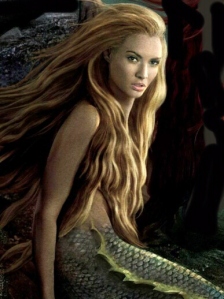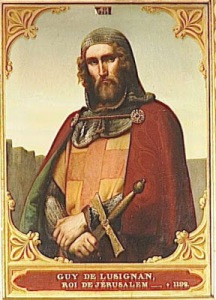 |
| The Curse of the Lost Isle series starts in the time of Charlemagne and the Viking Invasions and ends during the Crusades.Find these books on my page at BWL Publishing HERE |
When Charlemagne ascended to the Frankish throne in 968AD, he designated twelve Paladins to help him rule the Frankish Kingdom. They were highly trained noblemen, expert swordsmen and fierce warriors. They, took a solemn oath of fealty and swore to abide by Christian rules. Some say they were the first chivalric Christian Knights. Others argue they were Charlemagne’s henchmen, extortioners and executioners… which, in these violent and troubled times might be closer to the truth.

Ending the Dark Ages, Charlemagne united Europe in the name of Christianity, against invaders from the north (Vikings) and the Saracens in Spain. He beat medieval Europe into submission and imposed strict Christian rule. He established schools, promoted education, the copy of illuminated religious manuscripts, art, architecture, and he also maintained a formidable army.
On the battlefield, after a victory, Charlemagne gathered the surviving enemy soldiers, made them kneel, and gave them a choice. Convert to Christianity and join his army, or be beheaded on the spot. Of course, many converted, giving the new faith lip service only. Better be a live Christian than a dead Pagan, right?
Still, a number of vanquished soldiers chose death over conversion. Pagan roots ran much deeper than Christianity in many places.
The Celts, in particular, gave Charlemagne a difficult time. Especially the small kingdom of Brittany (French Bretagne) a bed of Celtic culture and legends, the birth place of Merlin, the place where legends of Vivian the Fae, Morgan the Fae, Pressine the Fae, Palatina the Fae, Meliora the Fae, and Melusine the Fae, still flourish, among other myths.
To deal with these pesky Celts, Charlemagne nominated his trusted nephew, the Paladin Roland, to administrate the Marshes of Brittany on the western frontier.
Roland is still famous in France and throughout Europe. This is his statue in Metz, France, not on a church or historical building, but at the train station.
The story of Roland:
Roland, and Olivier, his childhood friend, swore fealty together as Paladins of Charlemagne. Roland is poetically associated with his sword Durandal, his horse Veillantif, and his oliphant horn.
The Song of Roland written much later, lists the twelve paladins as Roland, Olivier, Gérin, and Gérier (killed by the Saracen, Grandonie), Bérengier, Otton, Samson, Engelier, Ivon, Ivoire, Anséis, and Archbishop Turpin ...
There is also mention of Fierabras (meaning proud with strong arms), a converted Saracen knight who seems to have served as the basis for the legend of Percival, of King Arthur’s legends. Yes, medieval romantic tales often tend to ignore chronology as well as historical facts and dates… unless you consider reincarnation or immortality.
While returning from fighting the Saracens in Spain, Roland, closing the long column through the pass of Roncevaux in the Pyrenees, was ambushed by the Basques. He sounded his oliphant horn, calling for help. But his conniving uncle at the head of the march pretended not to hear the oliphant and refused to turn back to help. Grossly outnumbered, Roland and his company fought bravely. Roland, at the end, broke his faithful sword, Durandal, on a boulder, so it wouldn’t fall into heathen hands. Roland and his company were killed to the last, in Roncevaux in 778AD.
 |
| Roland breaking his sword on a stone |
On Christmas day in 800AD, in Rome, Charlemagne was crowned Roman Emperor of Occident by Pope Leo III. The great emperor died in 814AD.
But his Paladin knights still fascinate modern youth and keep gathering fame in children’s books and videogames.
If you enjoy reading the heroic myths and legends of the time, I recommend The Curse of the Lost Isle series, based on the Celtic legends of Brittany. The first two books are set in Scotland during the Viking invasions. Then the story of this family of immortal ladies spreads to Luxembourg, France, Germany, Spain, Italy, and the middle East during the Crusades.
Currently $1.49 in kindle. Also available in paperback
Find it at your favorite online store HERE
"Well-written and researched, Vijaya Schartz's "Princess of Bretagne' is a joy to read. Although it is a fantasy, Ms. Schartz deftly weaves in historical aspects and customs of those times. One overriding theme is the clash between paganism and early Christianity during the Dark Ages.... a worthwhile and entertaining read." 5 stars review.
Happy Reading.
Vijaya Schartz, author
Strong Heroines, Brave Heroes, cats
http://www.vijayaschartz.com
amazon - B&N - Smashwords - Kobo - FB
























































